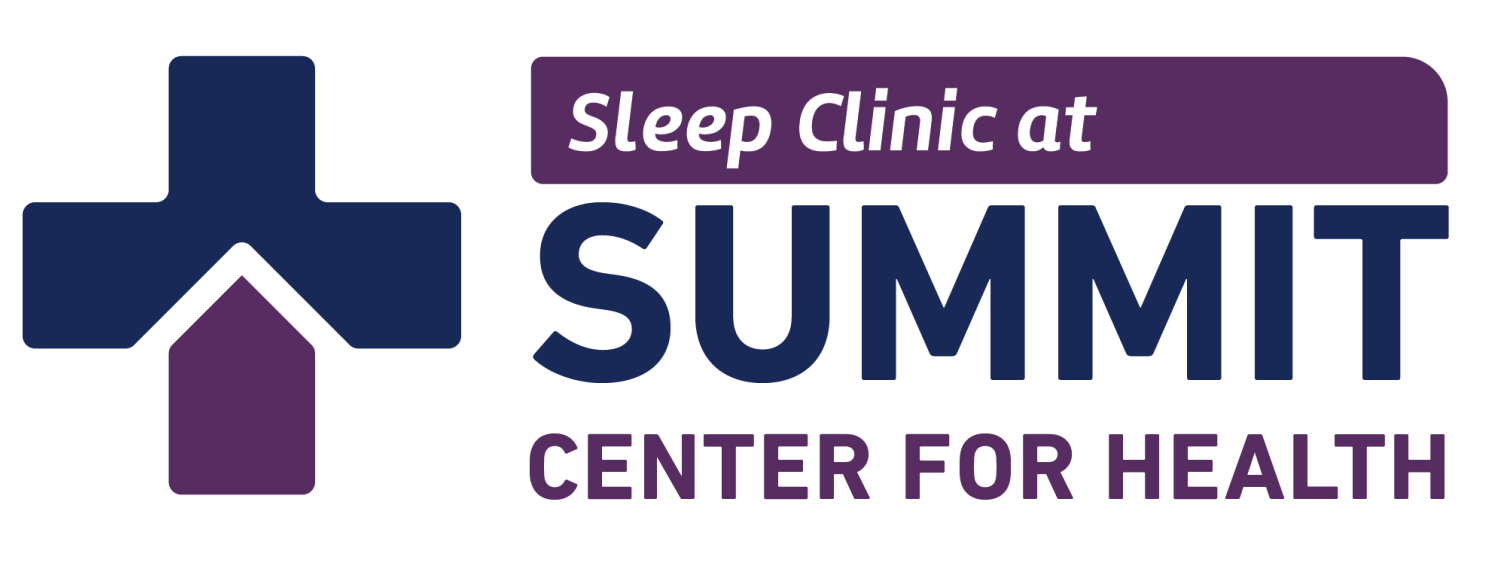Common Sleep Disorders
Sleep Clinic at Summit Center for Health in Oakbrook Terrace, Illinois
Schedule an appointmentThere are over 80 known sleep disorders a patient may suffer from, which the Sleep Clinic at Summit Center for Health is able to identify through careful analysis.
Here are some of the more common culprits for trouble sleeping or getting quality sleep:
Chronic Insomnia
Insomnia isn’t just a word for having trouble falling asleep. It’s a specific sleep disorder. Anyone who experiences more than 30 minutes between turning in and falling asleep, or who can’t stay asleep, may have insomnia.
Almost everyone experiences temporary insomnia from time to time. Other than not being able to fall asleep or stay asleep, symptoms include daytime fatigue, mood swings, clumsiness, anxiety about sleeping, and tension headaches.
But occasional, or acute, insomnia, can often turn into chronic insomnia. If you’ve experienced several sleepless nights a week for a month or longer, you may well have chronic insomnia.
There are many underlying causes of chronic insomnia, including:
- Seasonal changes
- Clinical depression and anxiety
- Stress
- Overactive thyroid
- Bad lifestyle habits, especially at bedtime
- Overindulging in alcohol, caffeine or nicotine
- Certain prescription drugs
- Hormonal shifts, as with menstruation and menopause
So what can be done about insomnia? Depending on the root cause, potential options include learning more about healthy bedtime routines, practicing relaxation techniques like mindful breathing, gentle yoga or meditation, and undergoing professional cognitive behavioral therapy.
Sleep Apnea
Sleep apnea is a medical term that describes disrupted breathing while asleep. Some people even stop breathing altogether for brief periods during the night, often several times a night.
Men are more likely to have sleep apnea than women, although being overweight can be a factor for both genders. Having a family history of sleep apnea, or having large tonsils, may also increase your chances of developing this sleep disorder.
There are two main types of sleep apnea:
Central sleep apnea
comes from a “wiring problem” with the central nervous system, which results in the brain not sending the message to pulmonary system muscles that tell them to literally keep breathing. Most people with central sleep apnea experience recurring periods of wakefulness during the night, although some also gasp for air.
Obstructive sleep apnea
involves a problem with the soft tissue located at the back of the throat. For people suffering from obstructive sleep apnea, the tissue collapses during sleep, which blocks the airways. Gasping for air and snoring while asleep is one indicator (you may even wake yourself while doing so) as is fatigue the following day.
Sometimes treating sleep apnea involves addressing an underlying health factor, such as the need to lose some weight, or enlarged tonsils that need removal Other times, the best treatment is a CPAP (continuous positive airway pressure) machine.
Restless Leg Syndrome
If you experience the “creepy crawlies” in the lower half of your body, or you constantly want to move your legs, you may have Restless Leg Syndrome (RLS). Daytime mental fogginess and irritability are other potential symptoms,
One current theory in the medical community is that RLS is most likely to strike people who either can’t process iron properly, or who don’t get enough iron in their diet. Pregnancy, anemia, diabetes and severe kidney disease can all factor into RLS and/or iron deficiency. Middle-aged people, particularly women, are most likely to experience this sleep disorder.
If you are diagnosed with RLS, your treatment options might include getting more iron in your diet, or being prescribed magnesium supplements, muscle-relaxing drugs, or drugs that increase dopamine production.
Circadian Disruption
Your “body clock,” also known as circadian rhythm, tends to run on a 24-hour cycle, which includes about eight hours of sleep. But sometimes circadian rhythms get disrupted, which short-circuits the normal signals that tell your body to fall asleep.
A number of factors can interrupt circadian rhythms, such as late shifts at work, or having a bright light on when you’re trying to sleep. Even a schedule shift that moves your normal routine by a few hours can be disruptive.
Jet lag is a classic type of circadian rhythm disruption, but the medical community also recognizes five other circadian disruptions. They are: shift work (irregular work hours); irregular sleep wake (napping throughout the day and night); free-running (in which the patient’s natural body clock isn’t the usual 24-hour one); delayed sleep phase (in which the body clock is “off” by two or more hours); and advanced sleep phase (in which the body clock is several hours off from what the rest of the world considers the sleeping period).
Obviously, irregular sleeping patterns are the most common symptom of circadian disruption. A decrease in mental sharpness, hard time falling asleep, and waking fatigue are other signs you may have this sleep disorder.
Potential treatments include
- Melatonin supplements
- Light therapy
- “White noise” devices
- Improved bedtime routines
Narcolepsy
Not being able to control when you fall asleep -- especially during your daily routine -- can be terrifying. Overwhelming sleepiness and periodic, severe muscle weakness are yet another sign of narcolepsy, which is both a sleep disorder and a chronic brain disorder.
For people with this disorder, the REM phase of sleep descends immediately, rather than gradually. Along with falling asleep unexpectedly and sudden muscle weakness, you may also experience hallucinations, fatigue and mental confusion. Narcolepsy often begins making itself known during the teen and young adult years.
Once you’ve been diagnosed with the sleep disorder through a sleep study or other means, your doctor will talk to you about managing the condition. Strategic daytime naps can help, as can avoiding rich food, smoking, alcohol and caffeine.
